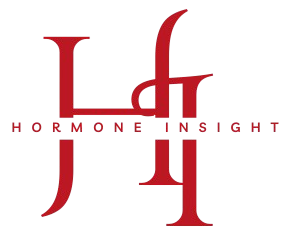Summary:
In individuals with type 2 diabetes mellitus and reduced salivary flow, physical stimulation therapies including low-level laser therapy (LLLT), transcutaneous electrical nerve stimulation (TENS), and their combination significantly enhanced stimulated salivary flow and altered salivary microbiome composition compared to pre-treatment baseline saliva measures, though it was associated with no reported adverse effects; however, reductions in minority taxa warrant further investigation.
| PICO | Description |
|---|---|
| Population | Individuals diagnosed with type 2 diabetes mellitus (T2DM) experiencing reduced salivary flow. |
| Intervention | Low-level laser therapy (G1), transcutaneous electrical nerve stimulation (G2), or a combination of both (G3), administered twice weekly over 10 sessions. |
| Comparison | Baseline saliva samples taken before intervention served as control for each participant (within-subject comparison). |
| Outcome | 7 out of 8 individuals achieved or maintained normal stimulated salivary flow (>0.7 ml/min). LLLT increased microbial diversity more than TENS. All interventions led to an increase in Firmicutes and Fusobacteriota and a decrease in Actinobacteriota, Proteobacteria, and minority taxa, suggesting a clearance effect without notable side effects. |
Source: Jéssica Luiza Mendonça Albuquerque de Melo, et al. “Low-level laser and transcutaneous electrical nerve stimulation on salivary glands impact type 2 diabetes mellitus oral microbiome: an interim analysis of a randomized trial.” Read article here.

